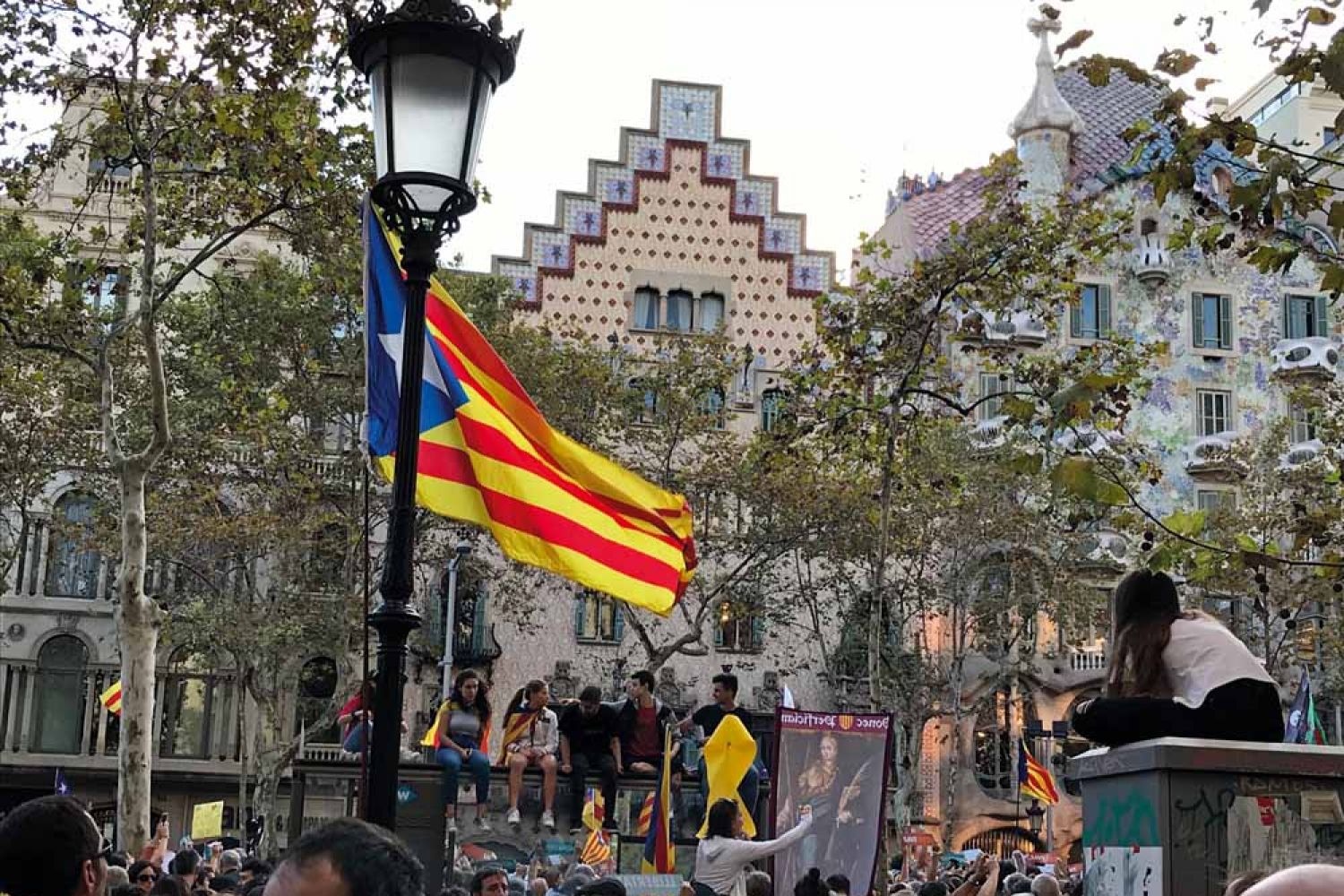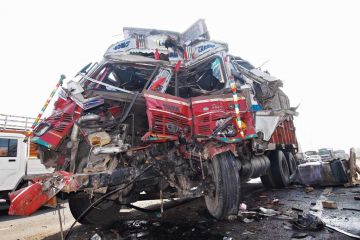
October 21 was a sunny day in Barcelona and Saint James’
Square was buzzing. Journalists stood in a line opposite the Palau de la
Generalitat, the seat of Catalonian government. Some 130 presidents, including
the current head, Carles Puigdemont, have governed from this medieval building.
Earlier in the day, the government in Madrid had decided on direct rule, taking
away the powers of officials inside the Palau de la Generalitat. It was a
“tsunami” in a series of escalations that foll





